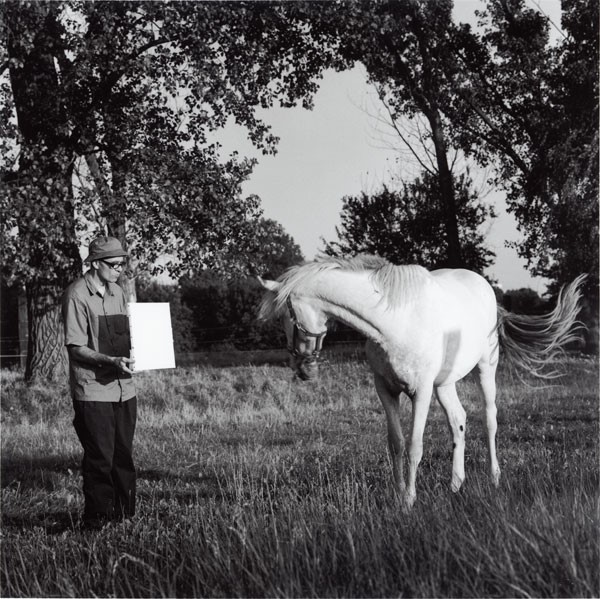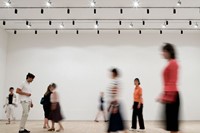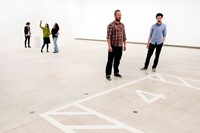The Hayward Gallery’s current exhibition tackles a somewhat unusual subject matter: immaterial art...
The Hayward Gallery’s current exhibition tackles a somewhat unusual subject matter: immaterial art. But while the thought of audiences wandering around white rooms, gazing with intent at empty plinths and blank canvases, may seem like the latest instalment addressing the "what is art?" debate, artistic experimentation with notions of the unseen has in fact been going on for decades, under a number of intriguing guises. It is this that the exhibition, entitled Invisible: Art about the Unseen 1957–2012, sets out to explore through a range of over 50 examples from the concept’s key pioneers.
The show begins with the work of Yves Klein who, in May 1958, was the first artist to create an exhibition with no visible content, showing instead empty white rooms filled with "pictorial sensibility in the raw state". His display garnered widespread publicity, putting invisible art on the map. Over the next few years he worked on an ongoing project based entirely on the “architecture of air”, creating walls, ceilings and furniture to exist, unseen. Here, Klein's whimsical architectural drawings and supporting documentation of his practice accompany such works.
"Invisible art challenges our assumptions about art by emphasising its interactive and communicative properties over its visual qualities"
Elsewhere, visitors can wend their way through an invisible labyrinth (courtesy of Jeppe Heine) wearing infrared-operated headphones which vibrate when the wearer comes into contact with the virtual walls; as well as viewing immaterial sculptures by the likes of Andy Warhol (Invisible Sculpture, 1985) and Tom Freidman whose Untitled (A Curse), 1992 features a spherical, unseen space above a plinth that has been cursed by a practising witch. Other works in a similarly chilling vein include the (now late) James Lee Byars’ The Ghost of James Lee Byers, 1969/86 – a haunting, walk-through black tunnel “designed to evoke the artist’s spiritual afterlife” – and Teresa Margolles’ Aire (2003), an installation that splashes viewers with a fine mist of water, once used to wash the bodies of murder victims in Mexico City. Meanwhile Yoko Ono’s Instruction Paintings direct audiences to imagine their own works of art based on typed guidelines.
On the purpose and thought behind the exhibition, Hayward Director Ralph Rugoff divulges, “Invisible art challenges our assumptions about art by emphasising its interactive and communicative properties over its visual qualities. Many of the works [here] re-direct our attention towards the unwritten rules and conventions that shape our understanding of art. Others underscore the limits of our perceptual capacities or emphasise the role of our imagination in responding to works of art. Still others use invisibility as a metaphor for death and the politically-sanctioned ‘disappearance’ of certain social groups. This exhibition surveys this rich history as it unfolds in the mind of each visitor.”
Invisible: Art about the Unseen 1957–2012 is currently at the Hayward Gallery and runs until August 6.
Text by Daisy Woodward



